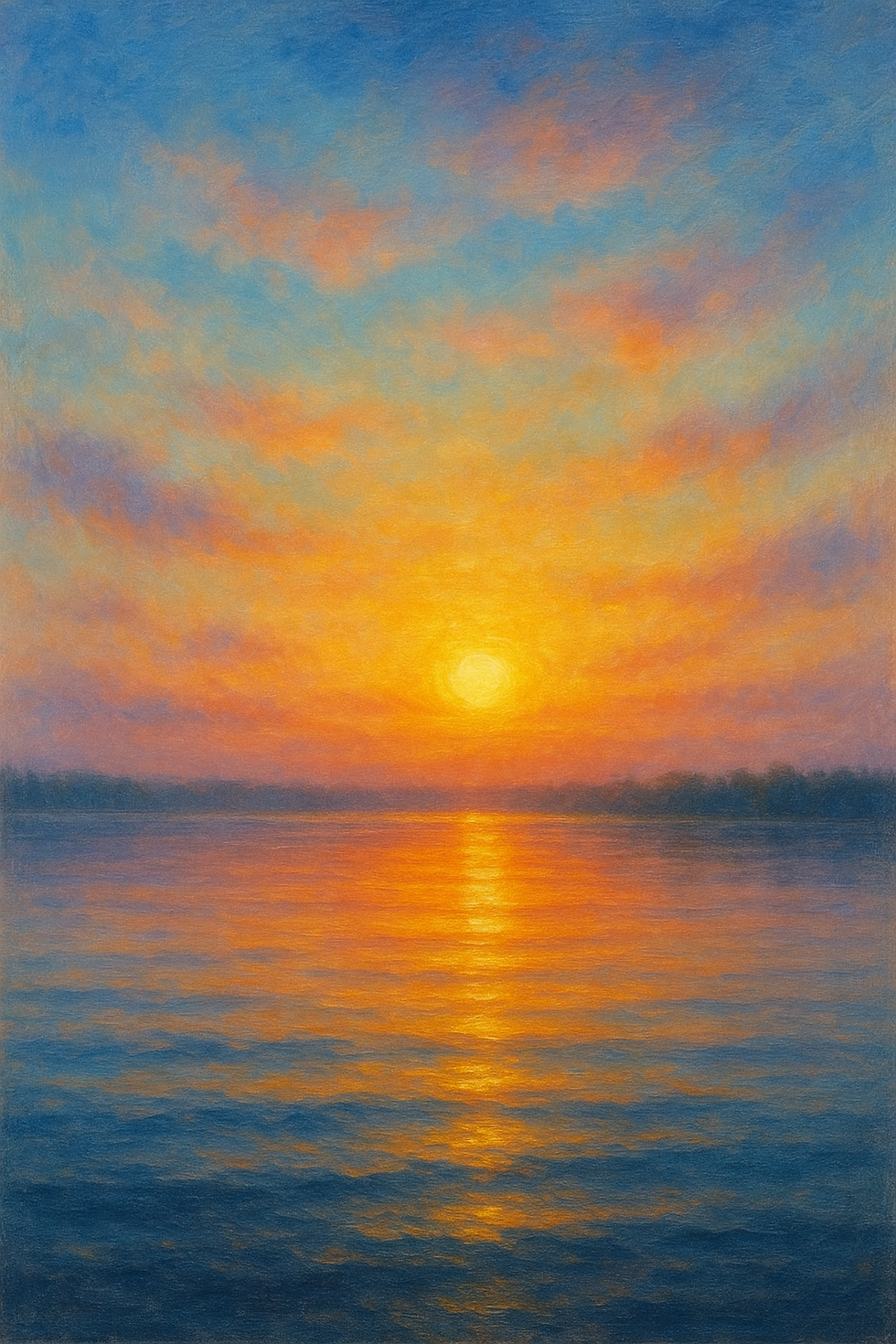5 No-Fail Painting Techniques for Beginners
- Brandy Prettyman
- Jul 15
- 4 min read
Discover confidence-boosting methods that make creativity approachable and fun—for every skill level!
Painting can be one of the most joyful, freeing, and therapeutic forms of creativity—but for beginners, the fear of messing up often overshadows the excitement. At Indigo Cottage Crafts, we believe that everyone has an inner artist waiting to be uncovered. You don’t need years of experience or formal training—just the willingness to try, make mistakes, and enjoy the process.
Whether you’re attending your first paint night, experimenting at home, or joining a walk-in crafting session, here are five no-fail painting techniques designed to help beginners succeed and have fun from the very first brushstroke.

1. Dry Brushing: Texture with Control
Dry brushing involves using a small amount of paint on a dry brush to create textured effects. It's excellent for adding subtle highlights, depth, or even a rustic or weathered appearance.
How to Do It:
Load your brush with a small amount of acrylic paint, then blot it on a paper towel until it’s almost dry.
Lightly sweep the brush across your canvas or surface, allowing the bristles to “scratch” the color on top.
This technique works especially well for creating clouds, fur, wood grain, or vintage textures.
Why It’s Great for Beginners:
Dry brushing is very forgiving—there’s no precision required. It’s more about the feel than the finish, and it gives you plenty of room to experiment.
Remember: Perfection isn’t the goal—play with pressure and angle. This technique rewards bold experimentation!

2. Wet-on-Wet Blending: Soft & Dreamy Backgrounds
Wet-on-wet blending is when you apply fresh paint over a still-wet layer to blend the colors directly on your canvas.
How to Do It:
Start by applying a base coat of one color using a broad brush.
Quickly add a second color while the base is still wet.
Use gentle strokes or a blending sponge to smooth the transition between colors.
Why It’s Great for Beginners:
This technique is ideal for creating sunsets, skies, water, or anything that needs a soft gradient. You can blend mistakes right out of your painting!
Don’t overwork the paint—let it flow and mix organically. It’s okay if it doesn’t look “perfect”—nature doesn’t either.

3. Stenciling: Paint with Precision Without the Pressure
Stenciling is a technique where you use pre-cut templates to apply paint in specific shapes or patterns.
How to Do It:
Place your stencil flat against the canvas.
Use a sponge, roller, or stencil brush to dab paint over the cut-out areas.
Carefully remove the stencil to reveal your design.
Why It’s Great for Beginners:
Stencils offer foolproof ways to create shapes, letters, or patterns—especially helpful if you’re not confident drawing freehand. It’s also a quick way to get a polished look.
Use painter’s tape to secure your stencil and don’t overload your brush with paint to avoid bleeding under the edges.

4. Dot Painting: Relaxing, Rhythmic, and Beautiful
Also known as pointillism or mandala dotting, this technique uses small dots of paint to create designs or fill in areas.
How to Do It:
Use a dotting tool, the back of a paintbrush, or even a cotton swab.
Dip in acrylic paint and apply dots to the canvas in rows, spirals, or patterns.
Layer colors or vary the sizes of your dots to create dimension.
Why It’s Great for Beginners:
No lines, no pressure, just rhythm and repetition. It’s incredibly calming and surprisingly striking, even for first-time painters.
Start with a simple flower or mandala shape—no symmetry required. Let the dots guide you.
5. The Spatter Technique: Controlled Chaos = Creative Magic
Spattering is exactly what it sounds like—flicking or dripping paint onto your surface for expressive, energetic effects.
How to Do It:
Use a stiff brush or old toothbrush dipped in paint.
Flick or tap it with your finger over the canvas for random splatters.
Protect surrounding areas with newspaper or cardboard!
Why It’s Great for Beginners:
It’s messy, spontaneous, and impossible to get wrong. Plus, it adds energy and movement to any painting—especially backgrounds or abstract pieces.
Worried about going too far? Practice on scrap paper first. But really—embrace the chaos. It’s part of the fun!
Bonus: Combine Techniques for Even More Impact
The best part? These five techniques can be combined to take your projects to the next level. For example:
Use a stenciled sun shape with a wet-on-wet sunset background
Add dry brushed highlights over a dot-painted mandala
Finish a stenciled word art canvas with a fun splatter overlay
Once you start exploring, you’ll find endless ways to mix and match—and gain confidence with every brushstroke.
Try These at Indigo Cottage Crafts!
At Indigo Cottage Crafts, we use these beginner-friendly methods in many of our guided painting classes, walk-in projects, and private events. If you're curious but hesitant, start with a class like Canvases & Cocktails, where our instructors walk you through each step—and you get to enjoy the process with friends, snacks, and laughter.
Prefer to explore solo? No problem. We offer flexible open studio hours where you can try any of these techniques at your own pace with all the supplies and guidance you need close by.
Hey there! Just so you know, we're part of the Amazon Services LLC Associates Program. This means we can earn fees by linking to Amazon.com and affiliated sites. Cool, right?





Comments